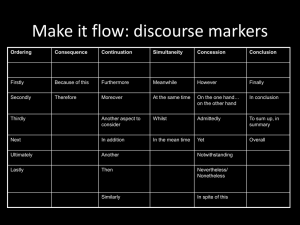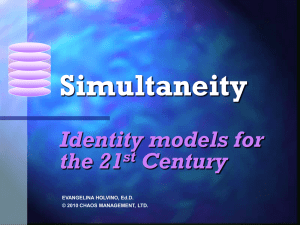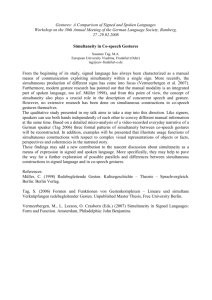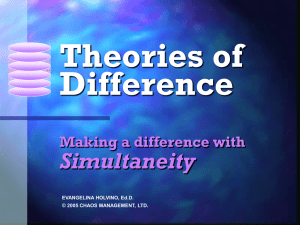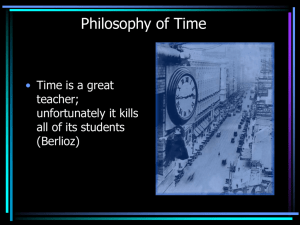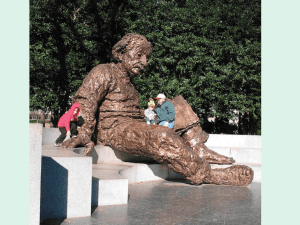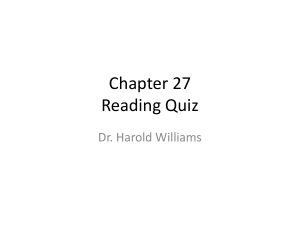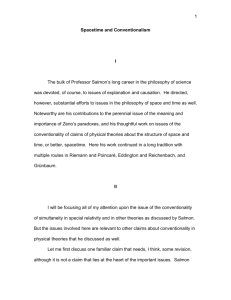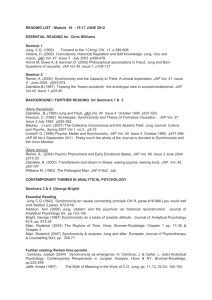cfp_concepts of simultaneity
advertisement
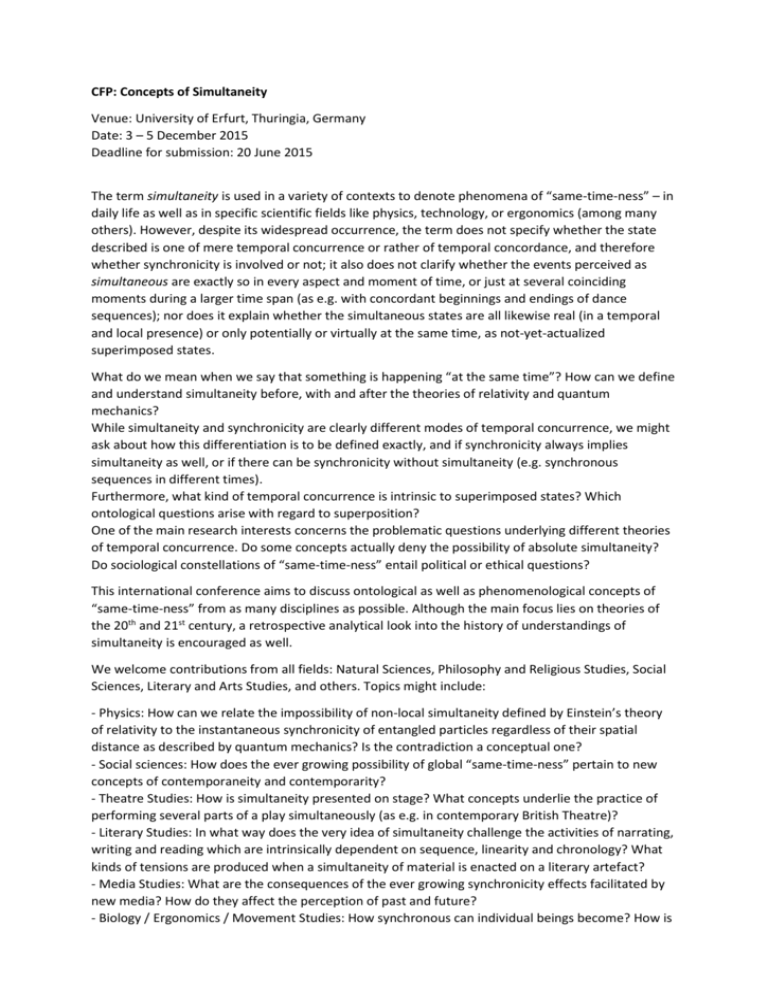
CFP: Concepts of Simultaneity Venue: University of Erfurt, Thuringia, Germany Date: 3 – 5 December 2015 Deadline for submission: 20 June 2015 The term simultaneity is used in a variety of contexts to denote phenomena of “same-time-ness” – in daily life as well as in specific scientific fields like physics, technology, or ergonomics (among many others). However, despite its widespread occurrence, the term does not specify whether the state described is one of mere temporal concurrence or rather of temporal concordance, and therefore whether synchronicity is involved or not; it also does not clarify whether the events perceived as simultaneous are exactly so in every aspect and moment of time, or just at several coinciding moments during a larger time span (as e.g. with concordant beginnings and endings of dance sequences); nor does it explain whether the simultaneous states are all likewise real (in a temporal and local presence) or only potentially or virtually at the same time, as not-yet-actualized superimposed states. What do we mean when we say that something is happening “at the same time”? How can we define and understand simultaneity before, with and after the theories of relativity and quantum mechanics? While simultaneity and synchronicity are clearly different modes of temporal concurrence, we might ask about how this differentiation is to be defined exactly, and if synchronicity always implies simultaneity as well, or if there can be synchronicity without simultaneity (e.g. synchronous sequences in different times). Furthermore, what kind of temporal concurrence is intrinsic to superimposed states? Which ontological questions arise with regard to superposition? One of the main research interests concerns the problematic questions underlying different theories of temporal concurrence. Do some concepts actually deny the possibility of absolute simultaneity? Do sociological constellations of “same-time-ness” entail political or ethical questions? This international conference aims to discuss ontological as well as phenomenological concepts of “same-time-ness” from as many disciplines as possible. Although the main focus lies on theories of the 20th and 21st century, a retrospective analytical look into the history of understandings of simultaneity is encouraged as well. We welcome contributions from all fields: Natural Sciences, Philosophy and Religious Studies, Social Sciences, Literary and Arts Studies, and others. Topics might include: - Physics: How can we relate the impossibility of non-local simultaneity defined by Einstein’s theory of relativity to the instantaneous synchronicity of entangled particles regardless of their spatial distance as described by quantum mechanics? Is the contradiction a conceptual one? - Social sciences: How does the ever growing possibility of global “same-time-ness” pertain to new concepts of contemporaneity and contemporarity? - Theatre Studies: How is simultaneity presented on stage? What concepts underlie the practice of performing several parts of a play simultaneously (as e.g. in contemporary British Theatre)? - Literary Studies: In what way does the very idea of simultaneity challenge the activities of narrating, writing and reading which are intrinsically dependent on sequence, linearity and chronology? What kinds of tensions are produced when a simultaneity of material is enacted on a literary artefact? - Media Studies: What are the consequences of the ever growing synchronicity effects facilitated by new media? How do they affect the perception of past and future? - Biology / Ergonomics / Movement Studies: How synchronous can individual beings become? How is group movement initiated and organized? How can effects of inter-individual timing (such as swarm movements) be described? - Language Studies / Ethnology: Do the grammatical structures of languages influence the conceptual understanding of time and “same-time-ness” of their speakers? We seek contributions with a strong focus on concepts and theoretical background. Case studies and papers analyzing concrete artefacts or phenomena are also highly welcome if they are connected to a broader conceptual perspective. The conference language will be English. Proposals of different formats are possible: - individual presentation (30 min. talk and 15 min. discussion) - thematic group panel of 2-6 researchers (with smaller contributions of 15-20 min. and a general discussion) Your abstract should contain information about your field, current institutional filiation, related publications and a description of your intended contribution (min. 300-max. 600 words). Please submit by 20 June 2015 to sabine.zubarik@googlemail.com. In certain cases we can help with refunding travel expenses and/or paying accommodation. Please indicate in your abstract whether you require such assistance. The conference is organized by the research project “On Asynchronous Concurrence: Synchronicity, Simultaneity and Superposition in Contemporary Novels and Films,” which is part of the Schwerpunktprogramm 1688: Ästhetische Eigenzeiten, funded by the DFG. Head of project: Dr. Sabine Zubarik, Allgemeine und Vergleichende Literaturwissenschaft, Universität Erfurt.
